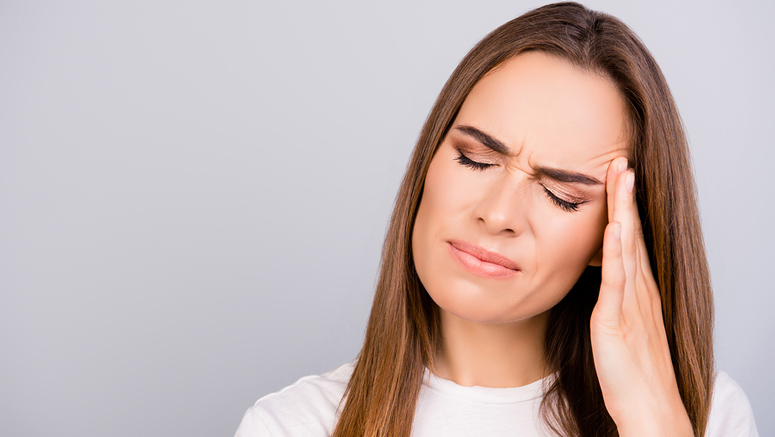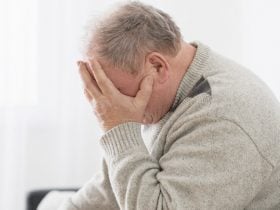Cluster headaches are a type of headache that cause severe and one-sided pain. It commonly occurs about eight times a day, in cycles of weeks to months before it finally goes away. Studies show that it is more common in people between 20-40 years. Doctors advise people with this condition to avoid triggers, use abortive treatments (such as “triptans,” oxygen) and preventive agents (such as verapamil, CGRP). New treatments, such as electrical stimulation are now being used to relieve symptoms of cluster headache.
What Are Cluster Headaches?

Cluster headaches are a form of severe headache that are more common in adults than in children. They are generally more severe than migraines and may lead to major health complications if they are not treated on time. Doctors refer to both cluster headaches and migraines as primary headaches, and not secondary headaches.
Let’s take a look at the difference between primary and secondary headaches:
- Primary headaches: These types of headache often occur because of a response from the part of the brain that relays pain. A primary headache is the health condition, and not a part or symptom of a more complicated condition.
- Secondary headaches: These types of headaches usually occur due to another medical condition. They can be caused by various factors, including nasal congestion, dehydration, and ear infections.
Cluster headaches can get so severe that they persist for weeks or months, and affect your daily routine. In most cases, they follow a pattern, which involves showing up at a particular time every day.
Cluster headaches can wake you up one or two hours after going to bed. They are usually more severe at night than during the day.













